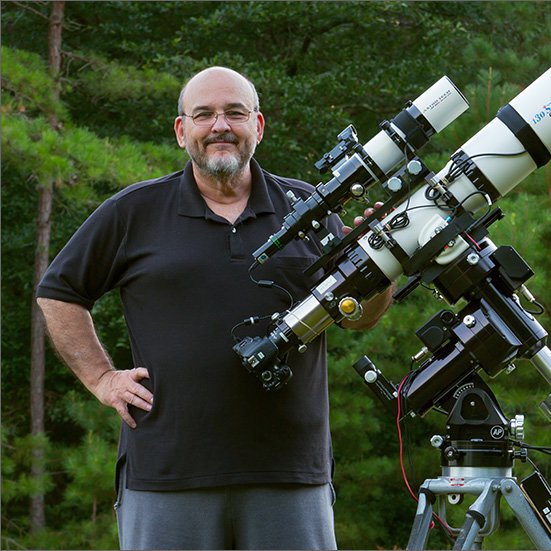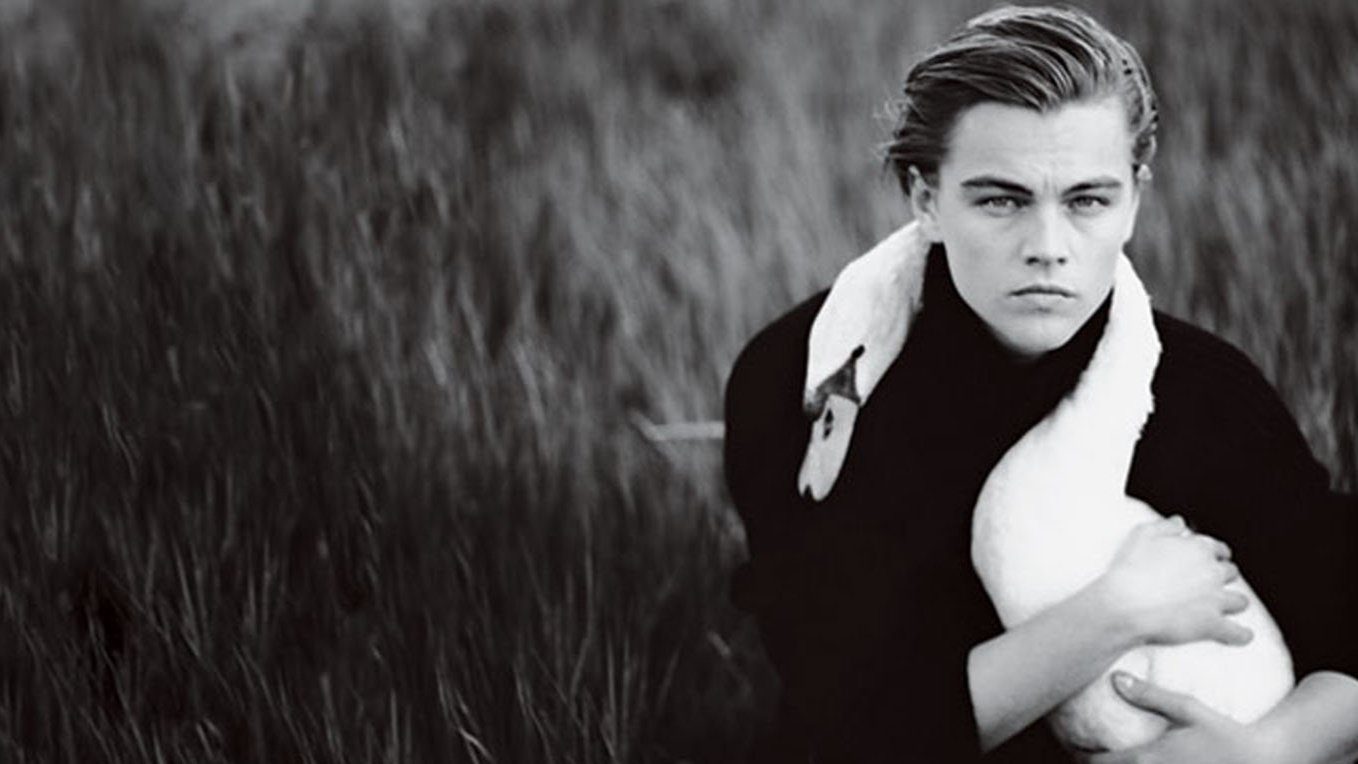Astrophotography: The Art of Capturing the Cosmos
Astrophotography is a mesmerizing genre of photography that focuses on capturing the beauty and wonder of celestial objects, from the shimmering stars in the night sky to the elusive planets and galaxies far beyond our reach. This unique form of photography allows us to explore and document the cosmos, revealing its hidden treasures and inspiring a sense of awe and curiosity in those who gaze upon these celestial masterpieces.
Different Genres
Wide-field Astrophotography: This genre captures large areas of the night sky, often including celestial objects and landscapes. It is an excellent starting point for beginners, as it typically requires only a DSLR camera and a tripod. Jerry Lodriguss is a skilled wide-field astrophotographer, known for his stunning images of the Milky Way, star trails, and meteor showers.
Solar System Astrophotography: This sub-genre is dedicated to capturing images of objects within our solar system, such as the Moon, planets, and the Sun. High-quality telescopes, specialized cameras, and tracking mounts are essential for this genre. Damian Peach is renowned for his breathtaking images of planets, especially Jupiter and Saturn, showcasing their intricate details and captivating colors.
Deep Sky Astrophotography: This genre focuses on capturing distant celestial objects such as galaxies, nebulae, and star clusters. It requires more advanced equipment, including high-quality telescopes, dedicated astro-cameras, and precise tracking mounts. Rogelio Bernal Andreo is an expert deep sky astrophotographer, producing striking images of intricate nebulae and expansive galaxies.
Time-lapse Astrophotography: This sub-genre involves capturing a sequence of images over an extended period and combining them into a single video, showcasing the motion of celestial objects. Time-lapse astrophotography often includes star trails, the movement of planets, or celestial events like eclipses. Thierry Legault is known for his remarkable time-lapse work, capturing solar eclipses and the International Space Station passing in front of celestial objects.
High-Resolution Astrophotography: This genre aims to achieve the highest possible image quality, capturing the finest details of celestial objects. It involves advanced techniques like image stacking and post-processing, which can require powerful computers and specialized software. David Malin is a pioneer in high-resolution astrophotography, using innovative techniques to reveal the intricate details of galaxies, nebulae, and star clusters.
by David Malin
History
Astrophotography's history dates back to the 20th century when photographers like David Malin began experimenting with capturing celestial objects using early photographic techniques. Over the years, advancements in technology have enabled astrophotographers like Damian Peach and Rogelio Bernal Andreo to capture ever more detailed and stunning images of the cosmos, pushing the boundaries of what is possible with a camera and a telescope.
Techniques
Astrophotographers employ a range of techniques to capture their celestial subjects, including:
Long Exposures: By using long exposure times, photographers can collect enough light to reveal faint celestial objects that are invisible to the naked eye.
Image Stacking: Combining multiple exposures of the same subject can help to reduce noise and improve image quality.
Tracking: Many astrophotographers use motorized tracking mounts to follow the motion of the sky, compensating for the Earth's rotation and keeping celestial objects in sharp focus.
Photography Gear
Camera: A DSLR or mirrorless camera with good low-light performance is crucial for astrophotography. Camera like Sony A7S III offers high ISO capabilities, allowing you to capture more light in a shorter exposure time.
Lenses: Wide-angle and fast lenses are ideal for capturing expansive nightscapes and Milky Way shots. Popular choices include the Sigma 14mm f/1.8 DG HSM Art, Rokinon 24mm f/1.4, and Tamron 15-30mm f/2.8 Di VC USD. For deep sky imaging, telescopes can also be used as lenses, providing increased magnification.
Mounts: An equatorial mount is essential for tracking celestial objects and minimizing star trailing in long exposures. Examples of popular mounts are the Sky-Watcher EQ6-R Pro, iOptron SkyGuider Pro, and Celestron Advanced VX. These mounts provide accurate tracking and easy alignment, enabling you to capture sharp images of the night sky.
Intervalometer: This device allows you to program a series of exposures, enabling you to create time-lapse sequences or stack multiple exposures for noise reduction. Some cameras have a built-in intervalometer, but you can also purchase external ones like the Vello ShutterBoss or Canon TC-80N3.
Filters: Light pollution filters, such as the Hoya Red Intensifier or Optolong L-Pro, can help reduce the impact of artificial light on your astrophotography. These filters selectively block specific wavelengths of light, allowing you to capture clearer images even in light-polluted areas.
Accessories: A sturdy tripod is essential to provide stability for your camera and mount. You might also want to consider a dew heater or dew shield to prevent condensation on your lens or telescope during long exposures. Remote shutter releases and cable releases can help you avoid camera shake, ensuring sharp images.
Important Photography Books
"The Astrophotography Manual" by Chris Woodhouse: This comprehensive guide is perfect for beginners and experienced astrophotographers alike. It covers everything from equipment selection, image capture techniques, to post-processing methods. The book is well-organized, easy to understand, and includes practical examples and illustrations to help you master the art of astrophotography.
"Nightscapes and Time-Lapse" by Alan Dyer: In this informative book, Alan Dyer shares his extensive knowledge of wide-field and time-lapse astrophotography. He offers tips on equipment, planning, composition, and post-processing, all accompanied by stunning images. This book is a must-read for anyone looking to capture breathtaking nightscapes and time-lapse sequences.
"Deep-Sky Imaging Primer, Second Edition" by Charles Bracken: This book is an excellent resource for those interested in deep sky astrophotography. It covers topics such as equipment selection, image acquisition, calibration, and advanced processing techniques. With clear explanations and step-by-step instructions, Charles Bracken demystifies the complexities of deep sky imaging.
"Astrophotography on the Go" by Joseph Ashley: This book focuses on astrophotography using portable equipment, making it a great resource for those who love to explore remote locations. It covers the basics of camera and lens selection, as well as advanced techniques such as image stacking and noise reduction. The book also includes practical advice on finding the best locations for astrophotography and capturing stunning images on the move.
"Lessons from the Masters: Current Concepts in Astronomical Image Processing" edited by Robert Gendler: This book is a compilation of insights from 30 renowned astrophotographers, sharing their knowledge and expertise in various aspects of astrophotography. The book covers a wide range of topics, from equipment selection and image capture to advanced processing techniques. It's an invaluable resource for those looking to learn from the best and elevate their astrophotography skills.
by Jerry Lodriguss
Legacy and Influence
Astrophotography has left a lasting impact on both the scientific community and the public's perception of the cosmos. The works of astrophotographers like David Malin and Damian Peach have helped to expand our understanding of the universe and its many mysteries. Furthermore, their breathtaking images have inspired countless individuals to explore the night sky and develop a deeper appreciation for the wonders of the cosmos.
The influence of astrophotography can also be seen in the growing popularity of this genre among amateur photographers. With the availability of affordable, high-quality equipment and a wealth of resources online, more and more photography enthusiasts are taking up astrophotography as a hobby. These amateur astrophotographers often share their work on social media platforms, contributing to a vibrant and engaged community of individuals passionate about capturing the beauty of the universe.
Astrophotography is a fascinating and rewarding genre of photography that allows us to explore the cosmos in ways that were once unimaginable. By capturing the beauty of celestial objects and phenomena, astrophotographers like Rogelio Bernal Andreo and Thierry Legault inspire a sense of wonder and curiosity in those who view their work. Whether you are a seasoned photographer looking to expand your horizons or a curious observer eager to learn more about the night sky, astrophotography offers a unique and captivating way to engage with the cosmos.





















